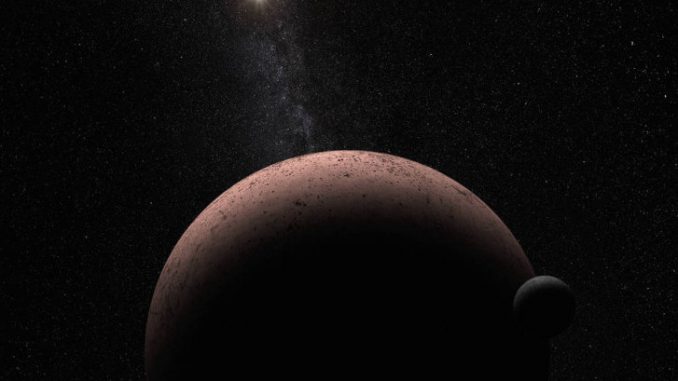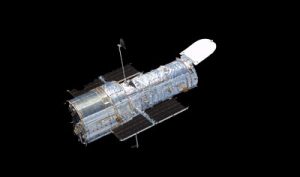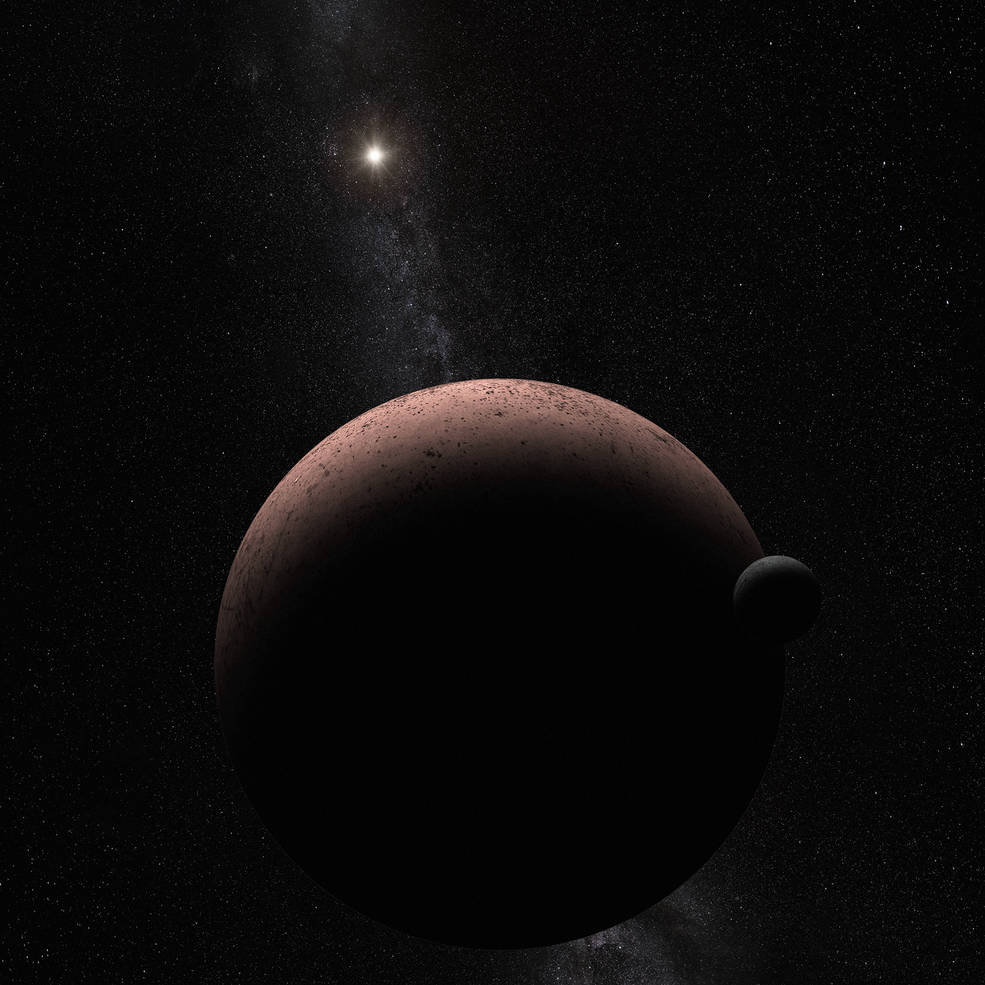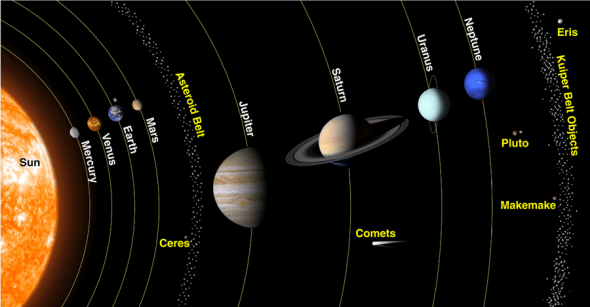
NASA’s Hubble Space telescope has found a previously unseen moon around the dwarf planet Makemake.
The very bright dwarf planet lies beyond the planets of the Solar System in the Kuiper Belt, catching the last rays of the sun, after which lies the vast void of outer space that contains 99.9999… % of the universe.

BYPASS THE CENSORS
Sign up to get unfiltered news delivered straight to your inbox.
You can unsubscribe any time. By subscribing you agree to our Terms of Use
Latest Video
 Science Focus reports:
Science Focus reports:
Warm spot mystery
Named after the creation god of the Rapa Nui people of Easter Island, Makemake (pronounced mah-key mah-key) has puzzled scientists as to why despite infrared readings showing a bright and cold surface, the dwarf planet frequently shows warmer patches. Previously they thought it was due to the Sun heating specific patches of surface, but given Makemake’s orientation that solution should show significant changes in the brightness – these were never observed.
But by pointing the Hubble Space Telescope’s new Wide Field Camera 3 at the distant object and using the same techniques they used to find Pluto’s moons, astronomers were able to pick out the faint glow of a satellite orbiting Makemake. This means the warmer patches were not actually warm spots on the dwarf planet, but the sun reflecting of the dark surface of the newly discovered moon.
Makemake, MK2
Provisionally designated S/2015 (136472) 1, the moon (MK2 for short) is estimated to be only 100 miles wide and is in a 12-day, 13,000 mile orbit of Makemake. Its orbit is the next area of study as its shape will help determine how it was formed; a tight orbit suggests it formed from a collision of Makemake with other Kuiper Belt objects, whereas a wide, elliptical orbit suggests it was an object captured in the dwarf planet’s gravitational field. Both options would have occurred billions of years ago when the Solar System was still forming.
“Makemake is in the class of rare Pluto-like objects, so finding a companion is important,” says Alex Parker of Southwest Research Institute, who led the image analysis. “The discovery of this moon has given us an opportunity to study Makemake in far greater detail than we ever would have been able to without the companion.”
NASA Goddard YouTube video:
The satellite also increases the similarities between Makemake to Pluto, which opens up more opportunities to compare the two trans-Neptune objects and provide important clues as to the evolution of the Universe.



